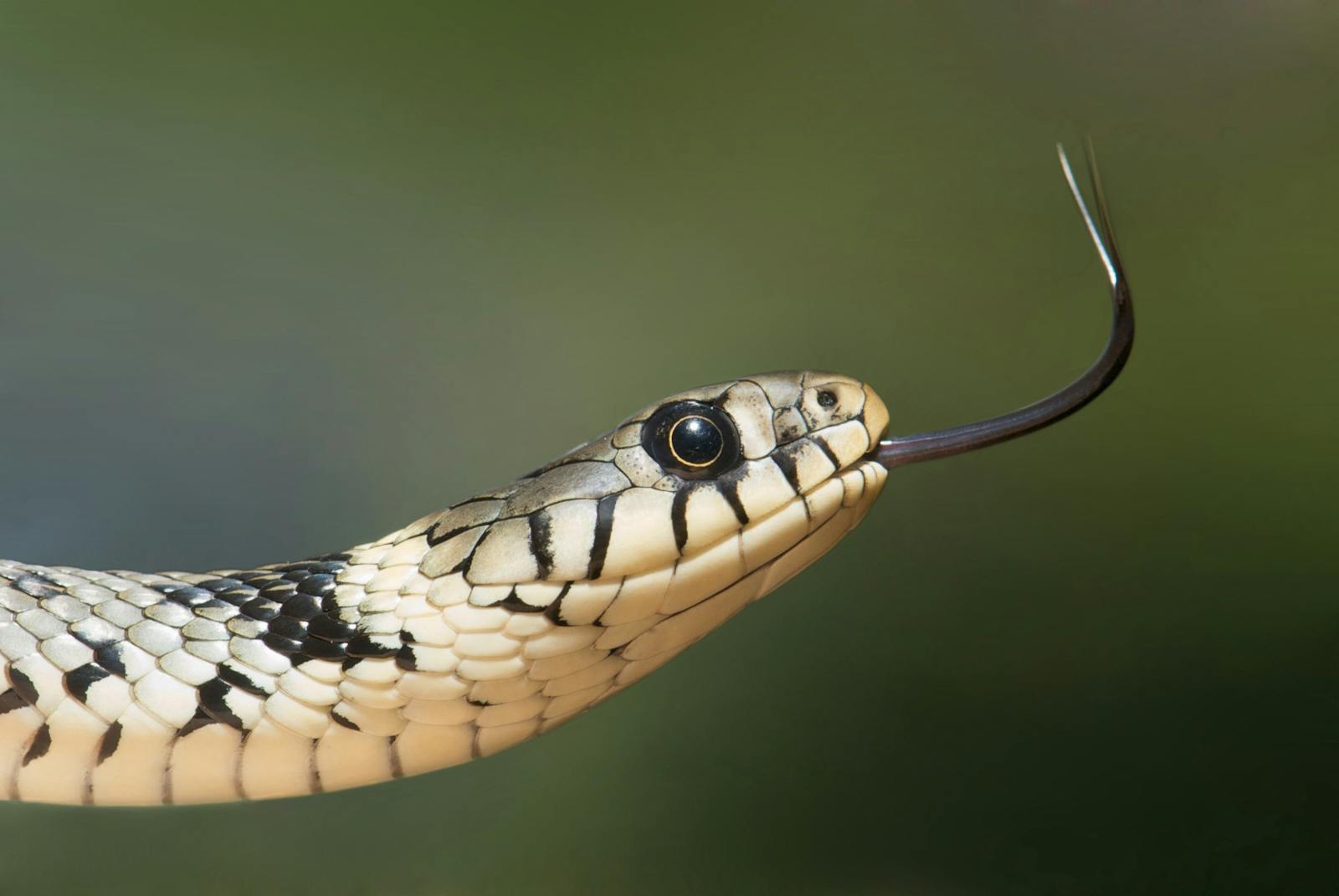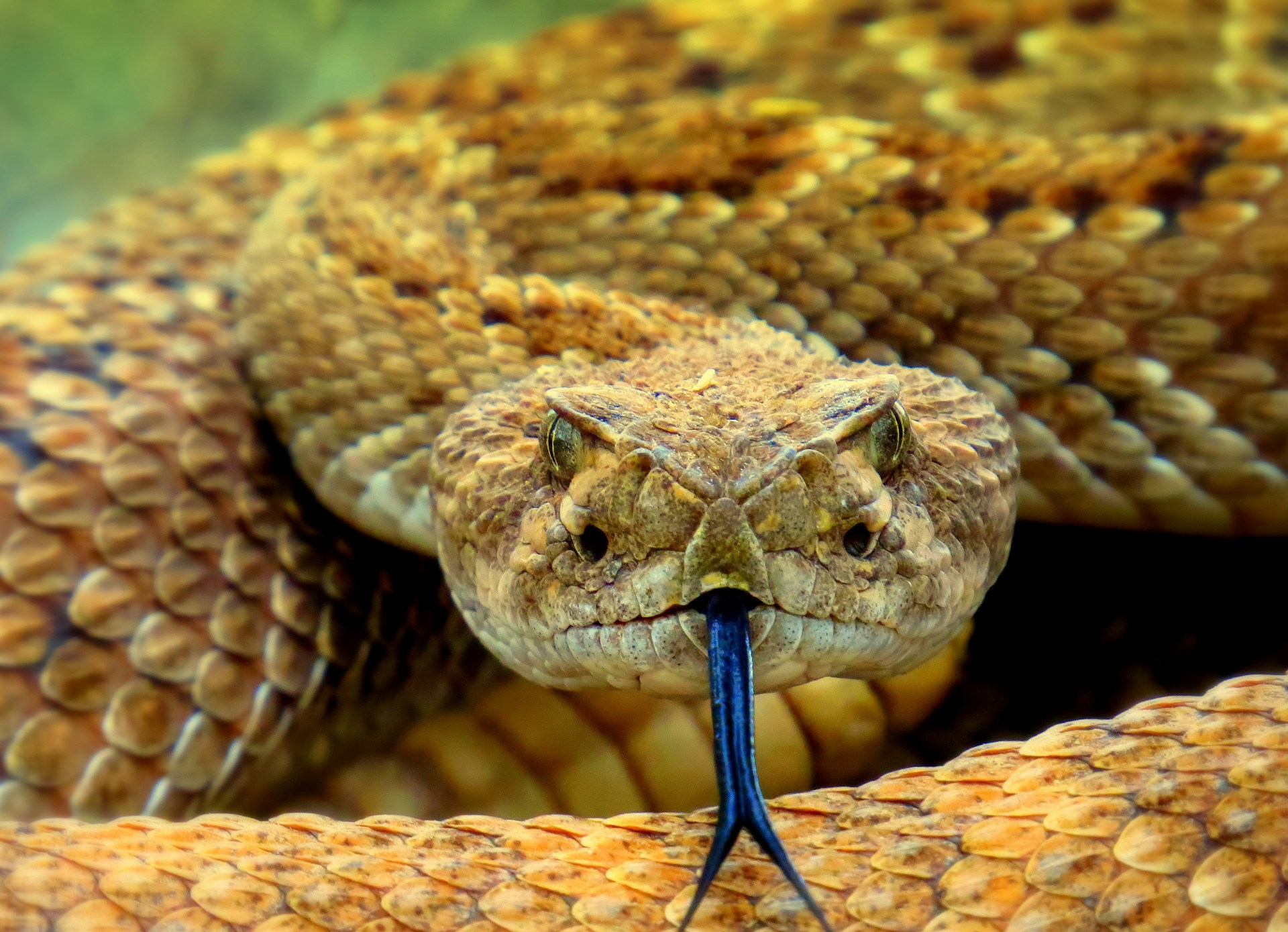While venomous snakes often steal the spotlight with their deadly abilities, the non-venomous serpents of the world have developed an equally impressive array of bizarre and fascinating behaviors. These remarkable adaptations allow them to hunt, defend themselves, reproduce, and survive in challenging environments without the benefit of venom. From playing dead to flying through the air, non-venomous snakes exhibit some of nature’s most creative survival strategies. The following exploration reveals the most unusual behaviors demonstrated by these fascinating reptiles, showcasing the incredible diversity and adaptability of snakes that don’t rely on venom to thrive in their environments.
Death-Feigning Theatrics

Perhaps one of the most dramatic behaviors in the snake world is thanatosis, or death-feigning, perfected by species like the North American hognose snake. When threatened, these theatrical reptiles will flip onto their backs, open their mouths, loll out their tongues, and even emit a foul-smelling musk from their cloaca to complete the illusion of death. Some individuals take this performance to Oscar-worthy levels by releasing blood from their mouth or anus and even allowing their bodies to become limp when handled. This remarkable behavior exploits the fact that many predators avoid dead prey, thus giving the seemingly deceased snake an opportunity to escape once the danger has passed. Eastern hognose snakes are particularly committed to this act, sometimes remaining “dead” for up to an hour before cautiously “resurrecting” when they believe the coast is clear.
Aerial Gliding Maneuvers
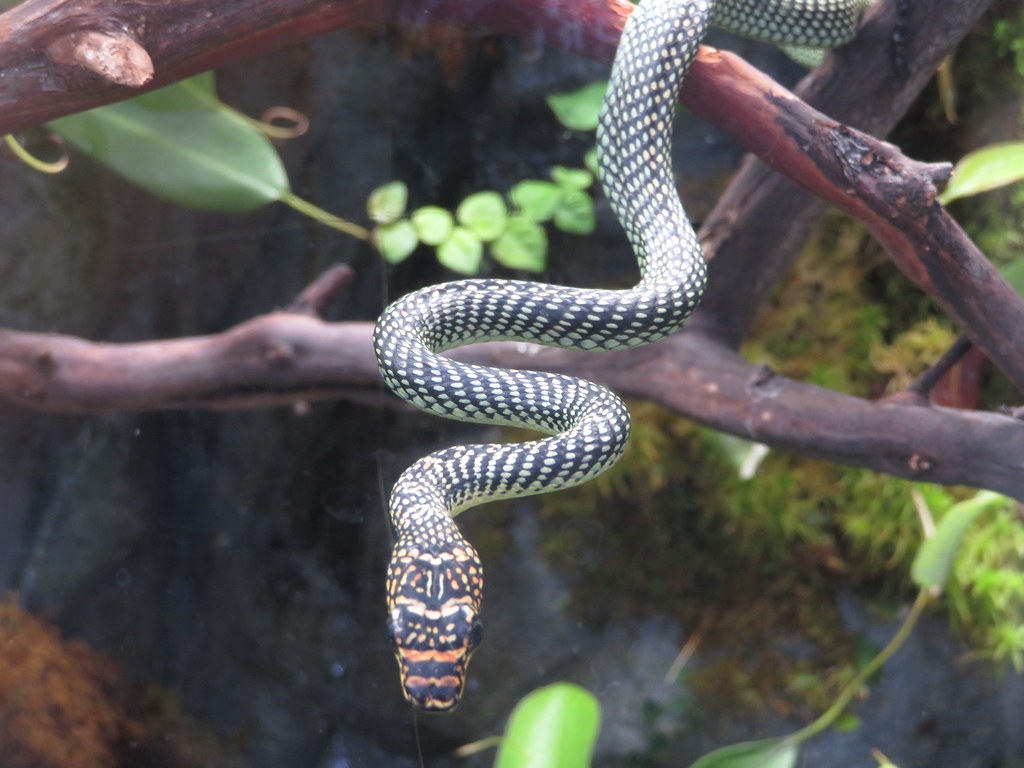
Paradise tree snakes and other members of the Chrysopelea genus have developed the remarkable ability to glide through the air, earning them the nickname “flying snakes.” These serpents launch themselves from tree branches and flatten their bodies into a concave shape that creates lift, allowing them to travel horizontal distances of up to 100 feet. During flight, they perform undulating S-shaped movements that help stabilize their trajectory and provide some directional control. Research using high-speed cameras has revealed that these snakes achieve better glide ratios than many mammalian gliders, with their uniquely contorted body shape creating unexpected aerodynamic properties. This behavior allows them to escape predators, move quickly between trees without descending to the forest floor, and access new hunting territories with remarkable efficiency.
Group Hunting Strategies
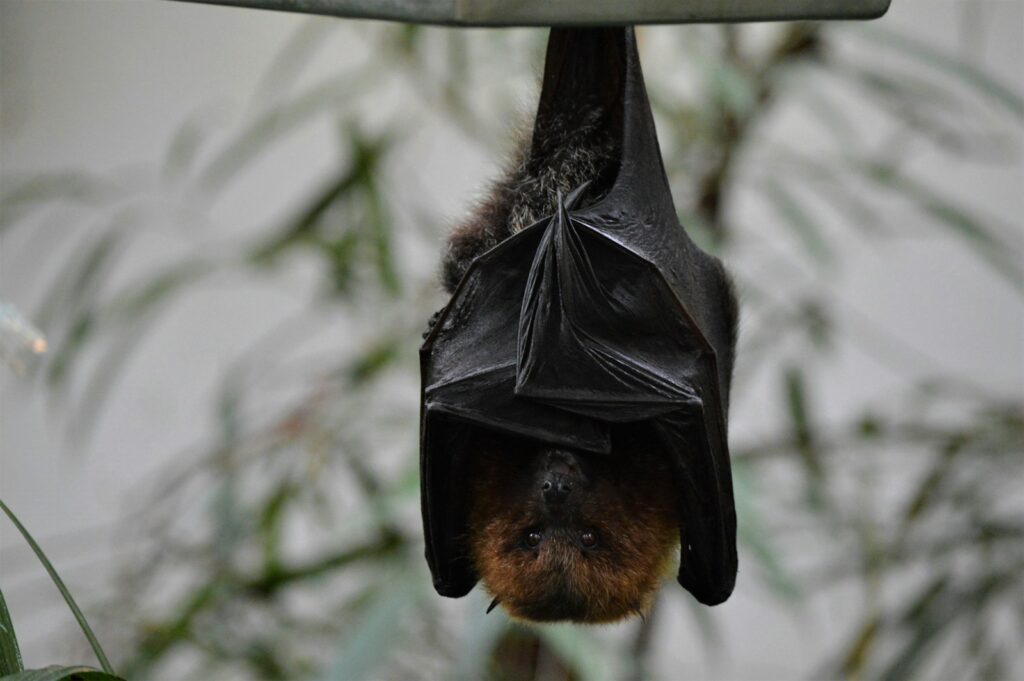
While snakes are typically thought of as solitary hunters, the Cuban boa has shattered this stereotype by exhibiting coordinated group hunting behavior. In the cave systems of Cuba, these boas have been documented positioning themselves strategically at cave entrances to intercept bats as they emerge for nightly feeding. Research shows that these snakes intentionally space themselves to optimize the group’s overall hunting success, with positions that create an inescapable gauntlet for the bats. This behavior represents one of the few documented cases of coordinated hunting among reptiles and suggests a level of social intelligence previously unrecognized in snakes. The success rate of boas hunting in groups has been shown to be significantly higher than those hunting alone, providing clear evolutionary advantages for this unusual cooperative behavior.
Tail Luring Deception
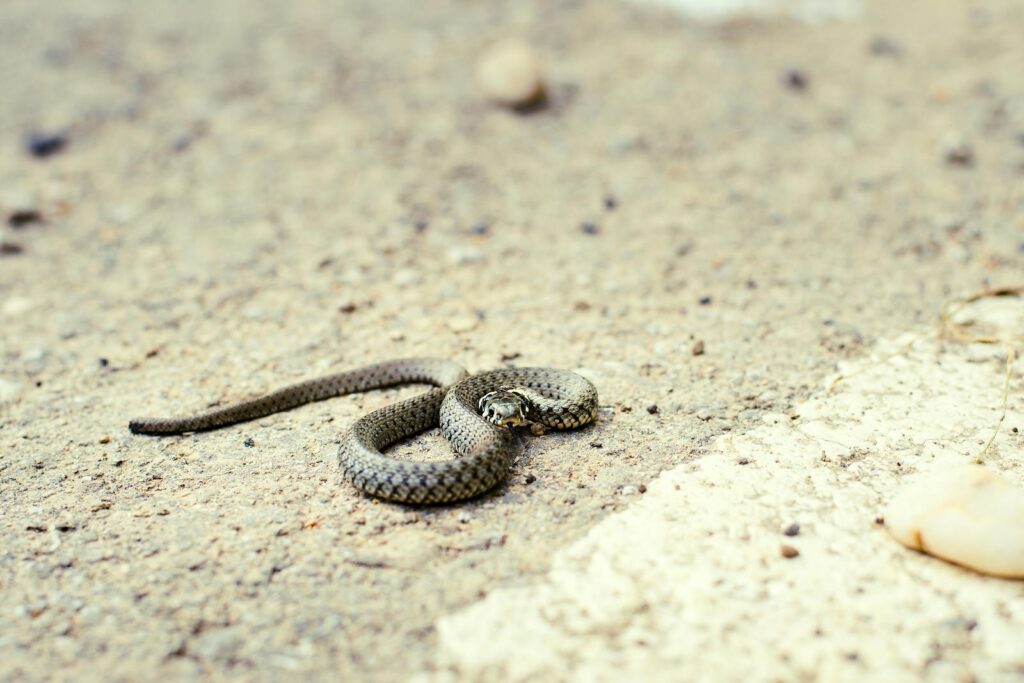
Several non-venomous snake species have evolved caudal luring, a hunting technique where they wiggle their tails to mimic the movement of worms, insects, or small amphibians to attract prey. The North American eastern hognose snake and certain species of rat snakes are particularly adept at this behavior, using their tails as bait while keeping their heads concealed and ready to strike. The movements are remarkably precise, with studies showing that snakes can adjust the frequency and amplitude of their tail wiggling based on the type of prey they’re trying to attract. Young snakes often have brightly colored tail tips that enhance this deceptive display, with the coloration typically fading as they mature and adopt different hunting strategies. This sophisticated form of aggressive mimicry demonstrates the complex behavioral adaptations that have evolved in place of venom in many snake species.
Synchronized Birthing Events
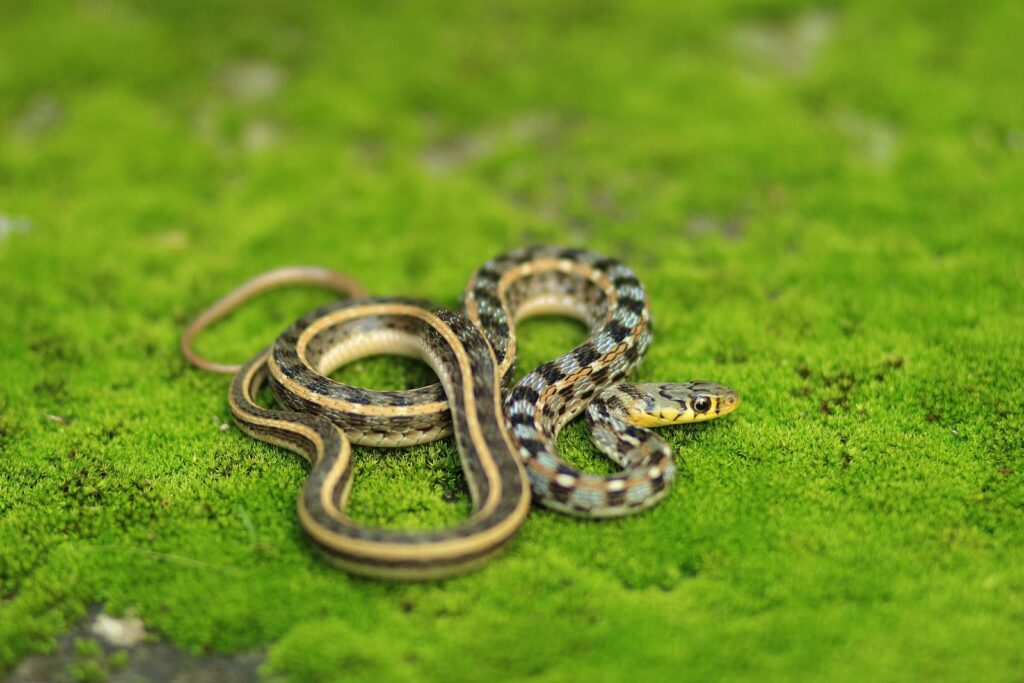
Garter snakes exhibit one of the most unusual social behaviors in the reptile world with their massive synchronized birthing aggregations. In northern climates, these snakes emerge from winter hibernation and engage in mating balls where dozens or even hundreds of males compete for females in writhing masses of serpentine bodies. Following this spectacular mating event, pregnant females often return to communal birthing areas where they give birth to live young in synchronized events that can result in thousands of baby snakes emerging within a short timeframe. This reproductive synchronicity creates a predator satiation effect, as predators simply cannot consume all the newborn snakes, ensuring that many survive. At sites in Manitoba, Canada, researchers have documented birthing events where over 50,000 baby garter snakes emerge within a two-week period, creating one of nature’s most impressive mass birthing phenomena.
Self-Anointing Behavior
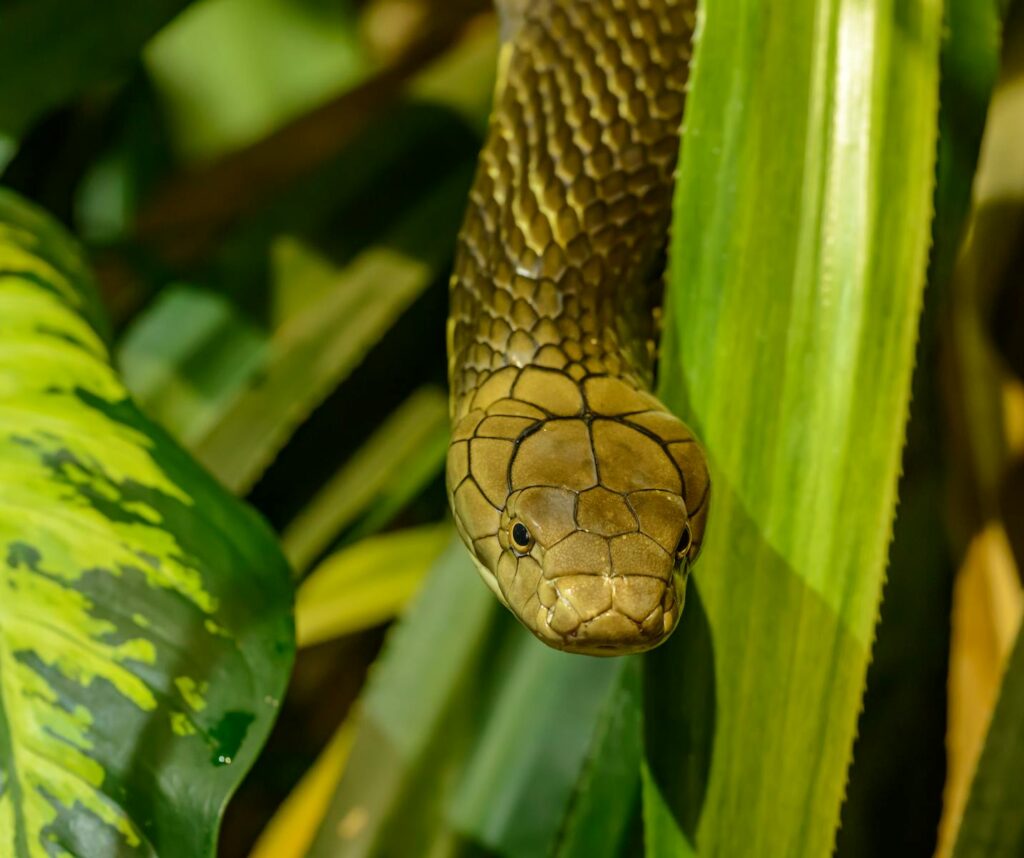
King snakes and milk snakes have developed a peculiar behavior of spreading their own musk and feces across their bodies in what biologists call self-anointing. When threatened, these snakes will not only release musk from their cloacal glands but will then writhe and twist their bodies to deliberately spread these substances across their scales. This behavior serves multiple defensive purposes, making the snake smell unappealing to predators and potentially masking their natural scent from prey species. Interestingly, studies have shown that the chemical compounds in these secretions contain antimicrobial properties that may help prevent skin infections and parasites. Some king snake species have been observed performing this behavior more frequently during seasonal skin infections, suggesting they may be using their secretions as a form of self-medication – a remarkably sophisticated behavior for a reptile.
Vibrational Communication

While lacking vocal cords, many non-venomous snakes have developed sophisticated vibrational communication methods that go far beyond the familiar rattlesnake’s warning. Rat snakes and pine snakes can create loud, intimidating hisses by forcing air through specialized structures in their glottis, creating vibrations that amplify through their bodies. Bull snakes take this behavior further by flattening their heads, hissing loudly, and rapidly vibrating their tails against leaf litter to mimic rattlesnakes. Research using laser vibrometry has shown that these vibrations travel effectively through both substrate and air, creating multi-channel communication that can deter predators from considerable distances. Some burrowing species like sand boas use subtle body vibrations to communicate with potential mates through soil, demonstrating how these reptiles have developed complex communication systems despite lacking traditional vocalization abilities.
Defensive Bleeding
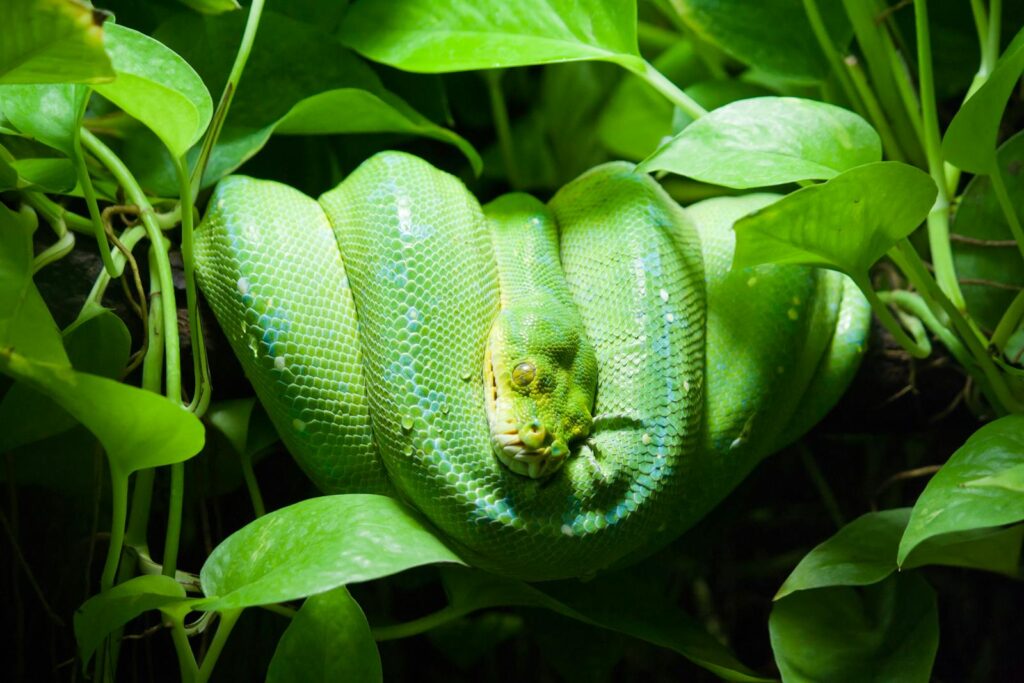
Several species of non-venomous snakes have evolved the startling ability to voluntarily rupture blood vessels in their mouth, eyes, or cloacal region when threatened, a behavior known as autohaemorrhaging. The African egg-eating snake and certain species of grass snakes can squirt blood from their eyes with surprising force and accuracy when handled, similar to the more famous horned lizards. This defensive bleeding serves multiple purposes, including startling predators, creating slippery conditions to aid escape, and delivering unpleasant-tasting compounds found in the blood. Studies have identified anticoagulants in the blood of these species that prevent clotting during this defensive display, allowing for prolonged bleeding without harming the snake. This dramatic behavior demonstrates how non-venomous snakes have evolved alternative defensive mechanisms that can be equally effective at deterring predators without the need for venom.
Temperature-Dependent Aggregations

Ball pythons and other non-venomous constrictors exhibit the unusual behavior of forming “snake balls” – tightly coiled aggregations of multiple individuals wrapped around each other. Unlike the mating balls seen in garter snakes, these aggregations serve primarily for thermoregulation and water conservation in response to environmental conditions. In laboratory studies, researchers have documented that these snakes can make sophisticated assessments of ambient humidity and temperature, forming tighter or looser aggregations to optimize their collective microclimate. These snake balls can sometimes include different species sharing the same shelter, with individuals positioning themselves strategically based on their size and thermal needs. This cooperative behavior demonstrates surprising social complexity in animals typically considered solitary and highlights how non-venomous snakes have developed behavioral adaptations for survival in harsh environments.
Elaborate Male Combat Rituals

Male pythons and boas engage in ritualized combat displays that are among the most complex non-lethal fighting behaviors in the reptile world. During breeding season, males engage in “combat dances” where they intertwine their bodies and attempt to pin each other’s heads to the ground in tests of strength that can last for hours. Unlike venomous snake combat, which often involves quick strikes and bites, these non-venomous giants rely on pure muscular prowess, rising up to impressive heights and toppling their opponents in choreographed wrestling matches. Remarkably, despite the intensity of these battles, serious injuries are rare as the combatants follow specific behavioral rules that minimize actual harm. Females have been observed watching these combat displays before mating with the victor, suggesting these elaborate rituals serve as honest indicators of male quality and fitness.
Specialized Egg-Eating Adaptations

African egg-eating snakes of the genus Dasypeltis have developed one of the most specialized feeding behaviors in the snake world, consuming eggs that are often larger than their own heads. These remarkable snakes have virtually no teeth but possess specialized vertebral processes that project into the esophagus and act as “egg saws” to crack shells after ingestion. The behavior involves a precisely choreographed sequence: the snake swallows the egg whole, uses muscular contractions to position it against the vertebral saws, slices open the shell, squeezes out and consumes the nutritious contents, and then regurgitates the completely intact, compressed shell. High-speed radiography has revealed that this entire process takes less than 30 minutes from ingestion to shell regurgitation, with the snakes capable of processing multiple eggs in succession. This highly specialized feeding behavior allows these slender snakes to exploit a food resource unavailable to most other predators.
Prey Constriction Precision

Boa constrictors and pythons have refined the art of constriction to a level of precision that was only recently understood through scientific research. Rather than suffocating their prey as long believed, these snakes monitor their victim’s heartbeat through precise pressure adjustments, tightening their coils in response to each beat until circulatory failure occurs. Studies using artificial hearts and pressure sensors have revealed that these snakes can detect cardiac changes as subtle as 1 beat per minute and respond with immediate pressure adjustments. The neurological coordination required for this behavior is extraordinary, with the snake’s muscles responding independently to local pressure changes without central nervous system input. This sophisticated hunting method allows these large non-venomous predators to safely subdue dangerous prey that could otherwise seriously injure them, representing one of the most effective alternative hunting strategies to venom in the snake world.
Tool Use and Environmental Manipulation
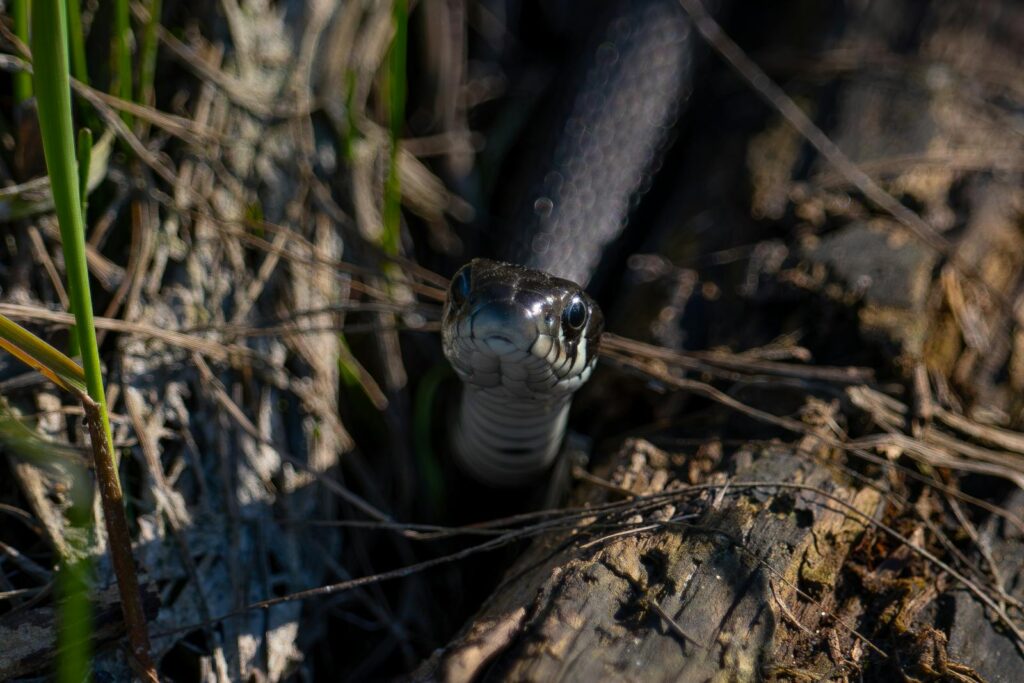
In a surprising display of cognitive complexity, certain species of rat snakes have been documented using what could be classified as rudimentary tool use to access prey in difficult locations. North American rat snakes have been observed pushing objects to create leverage points that help them reach elevated prey items, while some Asian rat snake species use their bodies to create traps by forming loops that tighten when small mammals pass through. In laboratory settings, brown tree snakes have demonstrated the ability to learn and remember complex spatial arrangements, using their bodies to create bridges and shortcuts through their environments. Perhaps most impressive are observations of kingsnakes deliberately rearranging substrate materials to conceal themselves before ambushing prey, a behavior that requires understanding cause and effect relationships. These behaviors challenge our understanding of reptilian cognition and suggest that non-venomous snakes may possess problem-solving abilities previously unrecognized in the scientific community.
Conclusion
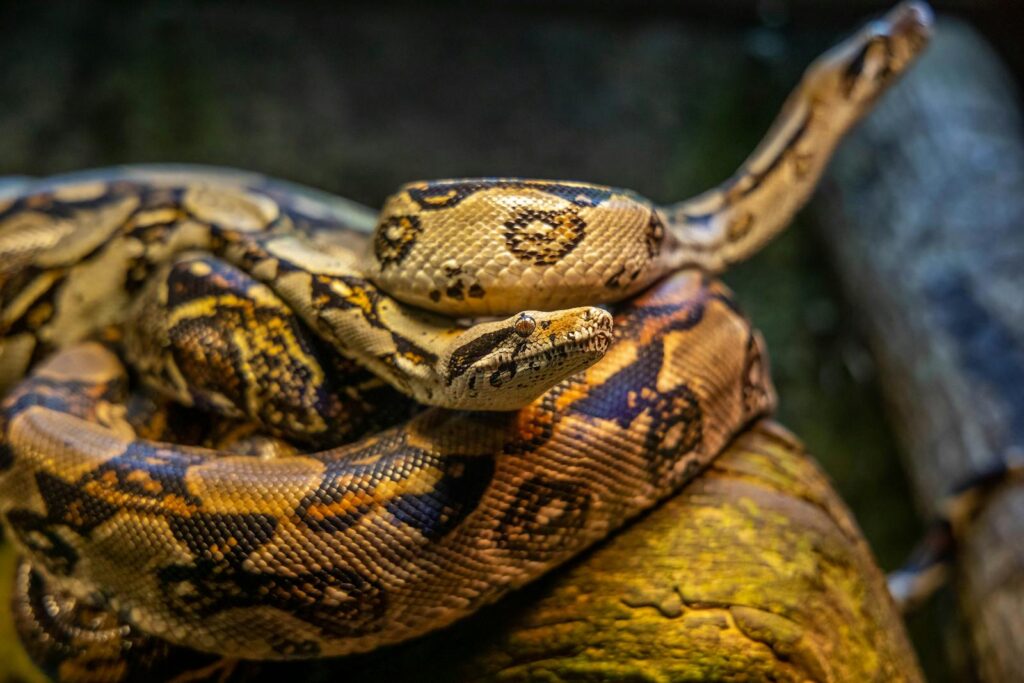
The remarkable range of behaviors exhibited by non-venomous snakes demonstrates their evolutionary ingenuity in developing alternatives to venom. From death-feigning and aerial gliding to complex hunting strategies and sophisticated communication methods, these serpents prove that lacking venom doesn’t mean lacking innovation. These unusual behaviors not only help these remarkable reptiles survive in diverse environments but also challenge our understanding of reptilian capabilities. As research continues, we’re likely to discover even more surprising behaviors, further illuminating how these fascinating creatures have adapted to thrive through behavioral rather than biochemical means. The world of non-venomous snakes reminds us that in nature, there are always multiple solutions to survival challenges, with behavioral adaptations often proving just as effective as more well-known physical traits.

